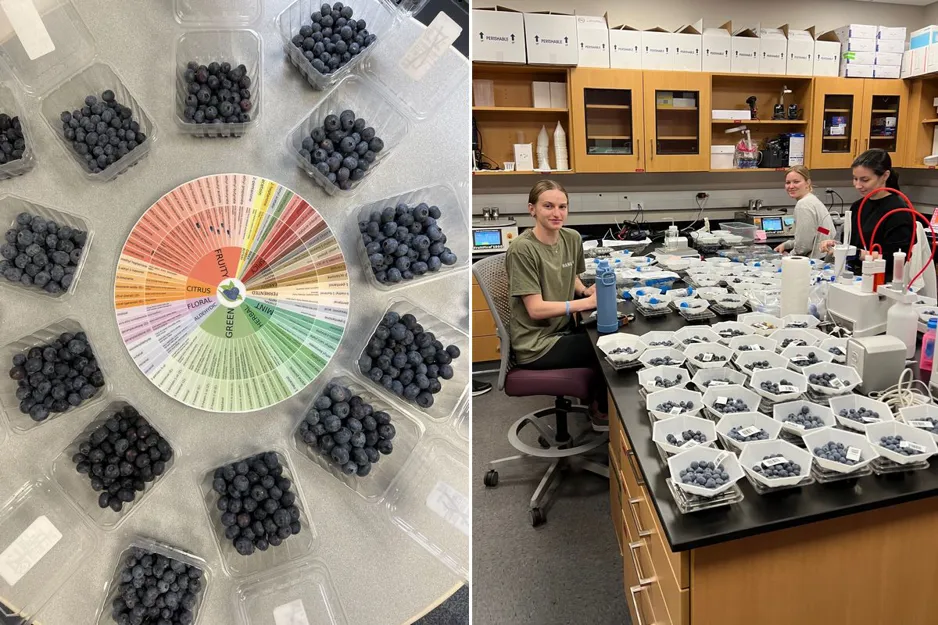The University of Florida has been a pioneer in blueberry breeding since the 1950s, focusing initially on developing low-chill blueberry varieties. In 1976, they introduced the first southern highbush cultivar, and since then, over 100 southern highbush varieties have been brought to market.

In an interview with Fresh Plaza, Patricio Munoz, Associate Professor of Blueberry Breeding at the University of Florida, highlighted that at one point, the University was responsible for about 95 percent of all southern highbush varieties globally. Although the University’s market share has declined due to increased competition, they continue to release one to two new varieties annually.
The University’s blueberry breeding program has two primary goals: enhancing producers’ profitability and pleasing consumers. “For growers, yield is paramount,” Munoz explained. On the consumer side, the focus is on flavor, texture, and appearance. These objectives are met through a combination of data-driven methodologies and extensive field experiments conducted both in Florida and internationally.
Annually, around 20,000 potential varieties enter the development process, and after rigorous research and trials, only one or two make it to market. The timeline for this process has significantly reduced from 12-15 years to about seven years, thanks to technological advancements, with a target of achieving it within five to six years.
One of the distinguishing features of the University’s program is its extensive use of data and technology. “We leverage 13 years of consumer panel results,” Munoz noted.
This data is stored in a comprehensive database, which, combined with biochemistry, enables the research team to predict consumer preferences and identify favorable traits. This approach allows the team to adjust their breeding targets effectively to meet their goals.
Predicting consumer preferences years in advance is challenging, but Munoz believes that blueberries will follow a similar developmental path to other fruits, albeit more rapidly. Over the years, blueberries have increased in size and become crunchier, and Munoz anticipates that flavor will be the next frontier. Unlike fruits like strawberries, bananas, or peaches that have distinct flavors, blueberries exhibit a wide range of flavor profiles.
Munoz expects that once consumers are introduced to the potential for diverse blueberry flavors, this variability will become a new preference. The University has already made strides in this area, having introduced the first aromatic southern highbush blueberries.
Munoz predicts that within the next two to three years, consumers might see blueberries with exotic and tropical flavors hitting the market.
Varieties developed at the University of Florida are grown not only in Florida but also in several countries outside the U.S., including New Zealand, Australia, Chile, Peru, India, and Morocco.
Munoz emphasized the global reach of their breeding program, noting that almost every major blueberry producer and marketing company visits their program during the fruit season.
The University of Florida’s commitment to innovation and excellence in blueberry breeding continues to shape the industry, with ongoing efforts to shorten the development cycle and introduce new, consumer-friendly varieties.
Munoz concluded by highlighting the program’s significant impact and future potential, particularly in the realm of flavor development.




















